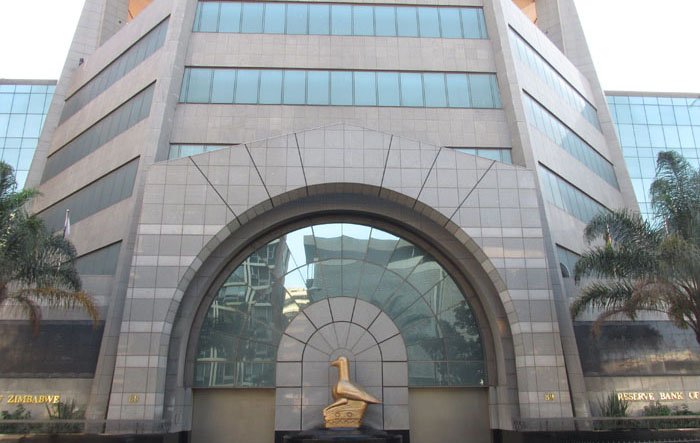Zim banks in strong position to fund economy
Fundamentals in the financial services sector have improved over the past few years, with the sector poised to bankroll local economic activity, the central bank has said.
Bank failures that plagued the sector in the past were blamed on poor corporate governance, insolvency and imprudent lending activities. High transaction costs and marginal interest rates on deposits also resulted in low market confidence.
However, a combination of monetary policy intervention and strategies by banks themselves have pulled the sector out of the doldrums.
Reserve Bank of Zimbabwe (RBZ) principal economist Dr Nebson Mupunga said key indicators show the sector is doing well.
“As at March 31, 2021, Zimbabwe’s banking sector was characterised by well-capitalised banking institutions, with average capital adequacy ratio of 30,04 percent above the regulatory limit of 12 percent, and sound asset quality, with non-performing loans ratio of 0,36 percent, well below the international benchmark of less than 5 percent,” he said.
“It’s a resilient banking sector as attested by limited vulnerability to extreme shocks as indicated by latest RBZ stress test results; viable and profitable sector as shown by positive profitability ratios, ROA (0,97 percent) and ROE (5,90 percent); good liquidity indicators as shown by an average liquidity ratio of 68,6 percent well above the stipulated benchmark of 30 percent.
“These factors are critical for banks to be able to underwrite significant business as well as to support the envisaged average economic growth of above 5 percent under NDS1.”
Dr Mupunga was addressing delegates to this year’s Zimbabwe Finance Conference hosted by Financial Markets Indaba in partnership with Business Weekly. The event was sponsored by Nyaradzo Group. During the first quarter of 2021, there has been significant up tick in the sector’s level of financial intermediation.
Central bank data shows the sector’s loan-to-deposit ratio, for example, rose to 44,16 percent as at the close of the first quarter, an improvement from 39,5 percent by the end of 2020.
The loan-to-deposit ratio is gradually inching towards historical levels of above 70 percent as inflationary pressures recede.
Both monetary and fiscal authorities have managed to curtail inflationary pressures.
From a high of 837,5 percent in July last year, Zimbabwe’s annual inflation has declined to 194 percent as at April 2021.
Authorities expect the figure drop to 10 percent by year-end.
Improved lending as a result of the stable macro-economic environment, Dr Mupunga said, will reflect on banks’ performances.
“The recent pick-up in bank lending is expected to increase the contributions of interest income and reduce the share of fees and commission. This is also critical for enhanced financial intermediation,” he said.
Confidence still lagging
Notwithstanding the improved fundamentals, the local financial services sector still needs to regain lost trust.
Barings Asset Management director Brian Mangwiro said: “There is need for confidence in the banking sector, and that confidence will attract savings, which are critical for the economy. Without these savings companies are forced to borrow externally, and with current sovereign risk, these borrowings tend to be very expensive. So it becomes a vicious cycle. Policies for the financial services sector need to increase confidence.”
In the past, the industry has been blighted by hyperinflation and currency changes, with most of the value loss accruing to the banking public.
The local currency was re-introduced through Finance Act Number 2 of 2019 and Statutory Instrument 212 of 2019 after a 10-year hiatus.
Initially, it provided for the exclusive use of the Zimbabwe dollar to settle all domestic transactions, as well as penalties for failure to do so.
Adjustments have since been made to allow for US-dollar transactions.
Commercial attorney Chipo Mafunga told the Zimbabwe Finance Conference that the country’s financial policies need to be better aligned.
“The current financial market policies are fragmented. There are many policies that affect the sector, but they are not necessarily working in unison. A more unified policy will create a level-playing field for players in the sector,” she said, adding that local financial institutions need to be more proactive in the development of policies that directly affect them.
“Banks must lobby for more comprehensive financial sector policies. There is need for a stable policy environment with effective institutions, as this will create clarity on how organisations and individuals should operate.” — Business Weekly











